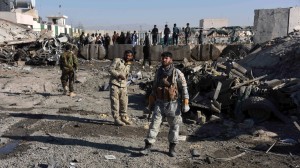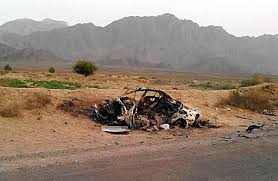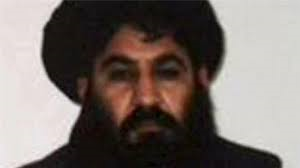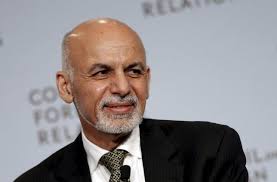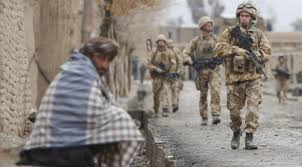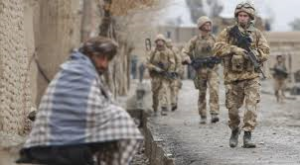The US Special Representative for Afghanistan Zalmay Khalilizad said Saturday that talks with the Taliban had been “more productive than they have been in the past,” and that “significant progress on vital issues” had been made.
In a series of messages posted to Twitter, Khalilzad also said he would be flying to Afghanistan for consultations with the government and to “build on the momentum and resume talks shortly.”
Khalilzad cautioned that there were still a “number of issues left to work out.”
“Nothing is agreed until everything is agreed, and ‘everything’ must include an intra-Afghan dialogue and comprehensive ceasefire,” Khalilzad said.
US officials and Taliban negotiators were in Qatar’s capital to broker a ceasefire that would lead to a sequenced agreement for dialogue, initially between the US and the Taliban and then between the Taliban and the Afghan government, a source with knowledge of the talks told CNN.
Afghan official: U.S. assures us they’re committed
“If the ceasefire is announced this will trigger a sequence of talks that will have already been agreed by heads of both sides,” the source said.
The source added that there is a lot at stake for Khalilizad in these talks, not least to get President Donald Trump to sign on to whatever he has been able to get from the Taliban.
One concern, the source said, is that if the US pulls out troops without a deal with the Taliban, the Afghan government would fall, which could potentially see al Qaeda returning to the capital. The Taliban are currently sheltering a number of al Qaeda sleeper cells, according to the source.
On Saturday, Taliban spokesman Zabihullah Mujahid said the Doha talks “saw progress” on vital issues but that “until the issue of withdrawal of foreign forces from Afghanistan is agreed upon, progress in other issues is impossible.”
The Taliban spokesman also said there wasn’t a ceasefire agreement in place yet.
“Reports by some media outlets about agreement on a ceasefire and talks with the Kabul administration are not true,” Mujahid said in a statement.
Both parties thanked the Qatari Deputy Prime Minister and Foreign Minister, Mohammed Bin Abdulrahman Al-Thani for his role in facilitating the talks.
Writing on Twitter, Al-Thani called the six-day meeting a “significant step in the history of peace and reconciliation” on Twitter and called on regional and international players to “unify and coordinate efforts and support#Doha in its endeavor to facilitate successful negotiations.”
Secretary of State Mike Pompeo called the news “encouraging,” writing on Twitter that the US is “serious about pursuing peace, preventing #Afghanistan from continuing to be a space for international terrorism & bringing forces home.”
Last month, the US military was ordered to begin planning to withdraw about half of its troops in Afghanistan, according to a US defense official with direct knowledge of the matter. The US has about 14,000 troops in Afghanistan, most of which are present as part of a larger NATO-led mission to train, advise and assist Afghan forces.
The conflict, known as America’s longest war, has cost more than 2,400 American lives, billions of US dollars and has spanned three US administrations.
While casualty figures for Afghan military and police have been classified since 2017, at least 62,000 Afghan military and police lives have been lost, according to the New York Times.
The number of civilians — mostly women and children — killed or injured by airstrikes in Afghanistan has risen a startling 39% year on year, according to UN figures released last October.
And in the past three years, the Taliban have strengthened their grip according to the most recent report released by the US government’s own ombudsman of the war.
In its quarterly report for the US Congress, the Special Inspector General for Afghan Reconstruction (SIGAR) said that the Afghan government currently controls or influences only 55.5% of the country’s districts, marking the lowest level recorded since SIGAR began tracking district control in November 2015.
In November 2015, the Afghan government controlled 72% of districts in the country, but now controls just 56% of them. Insurgent influence or control has risen to 12.5% of districts from just 7% and approximately a third of Afghanistan is a “contested” area.
CNN’s Nic Robertson, Saleem Masood and Jomana Karadsheh contributed to this report.

